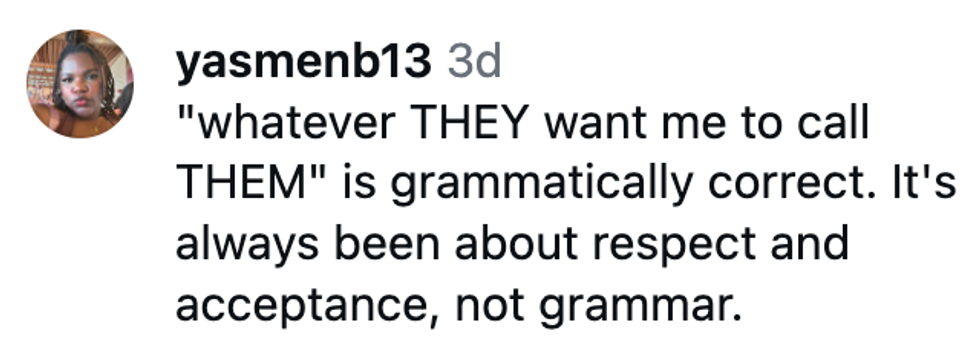When a former President of the United States passes away, federal buildings typically close for a day in their honor. That’s not the only time former (and current) commanders-in-chief are honored, however. On the third Monday of every February, the United States recognizes Presidents’ Day, a day intended to honor all 45 leaders. Established in 1885, the federally recognized holiday served a somewhat focused purpose when it was first celebrated but has since changed in its 133 years.
Though we celebrate the day in honor of all United States’ presidents, the holiday was initially intended only to honor President George Washington’s birthday. Traditionally, Presidents’ Day was celebrated on Feb. 22 and was established under the name “Washington’s Birthday.” Long before his birthday was turned into an official holiday, George Washington was revered as the most important historical figure for the states. When he passed away in 1799, his birthday became an unofficial day of remembrance.
In 1879, at the urging of Arkansas senator Steven Wallace Dorsey, President Rutherford B. Hayes, the nation’s 19th leader, signed observance of the day into law. At the time, however, its recognition didn’t stretch beyond the confines of Washington D.C. Within six years, Washington’s Birthday became the fifth nationally recognized holiday and the first holiday to revolve around a sole American. Despite national recognition, it wouldn’t remain intact as Washington’s Birthday.
Uniform Monday Holiday Act

For more than 75 years, the nation celebrated Washington’s Birthday. During the late 1960s, allegedly partially due to concern over employee absenteeism, Congress proposed the Uniform Monday Holiday Act to shift certain federal holidays to be celebrated strictly on Mondays. Among the few it affected was Washington’s Birthday.
The act didn’t just change when the day was celebrated. It also completely altered the meaning of it. Once strictly dedicated to the nation’s first leader, the Uniform Monday Holiday Act also sought to include Abraham Lincoln’s birthday into the mix. Proponents of the bill like Senator Robert McClory of Illinois also tried to push the renaming of the holiday to the broader “Presidents’ Day.” With pushback from Washington’s home state of Virginia, the day's name stayed the same, but the meat of the Uniform Monday Holiday Act was enacted under President Richard Nixon in 1971.
The Unofficial Switch to Presidents’ Day
Lincoln’s birthday may have been integrated into the federally recognized “Washington’s Birthday,” but the name of the day never changed. Even during the 1980s, as “Presidents’ Day” started to become the popular moniker for the third Monday in February, federal documentation still referred to the day as “Washington’s Birthday.”
State governments, however, have officially changed the name to “Presidents’ Day.” By the early 2000s, more than half of the United States enacted the change, with some even adding to the holiday. For instance, Alabama uses Presidents’ Day to recognize both Washington and Thomas Jefferson while Arkansas tacked on civil rights activist Daisy Gatson Bates.
Celebrating the Presidents of the United States
It’s difficult to deny that, despite state and federal legislature pegging Presidents’ Day as a day to commemorate current and former presidents, the three-day-weekend it creates is principally used by retailers to offer merchandise sales.
As car dealerships and mattress retailers slash their prices for Presidents’ Day, festivals and events are held across the country. Eustis, FL, for example, hosts “Georgefest” with a carnival and airshow while Washington’s birthplace, Alexandria, VA, dives deep into the festivities with a cherry competition, reenactments, and lectures held throughout February.



























 replying to @elonmusk/X
replying to @elonmusk/X replying to @elonmusk/X
replying to @elonmusk/X replying to @elonmusk/X
replying to @elonmusk/X replying to @elonmusk/X
replying to @elonmusk/X
 Barry Manilow/Facebook
Barry Manilow/Facebook Barry Manilow/Facebook
Barry Manilow/Facebook Barry Manilow/Facebook
Barry Manilow/Facebook Barry Manilow/Facebook
Barry Manilow/Facebook Barry Manilow/Facebook
Barry Manilow/Facebook Barry Manilow/Facebook
Barry Manilow/Facebook Barry Manilow/Facebook
Barry Manilow/Facebook Barry Manilow/Facebook
Barry Manilow/Facebook Barry Manilow/Facebook
Barry Manilow/Facebook Barry Manilow/Facebook
Barry Manilow/Facebook Barry Manilow/Facebook
Barry Manilow/Facebook